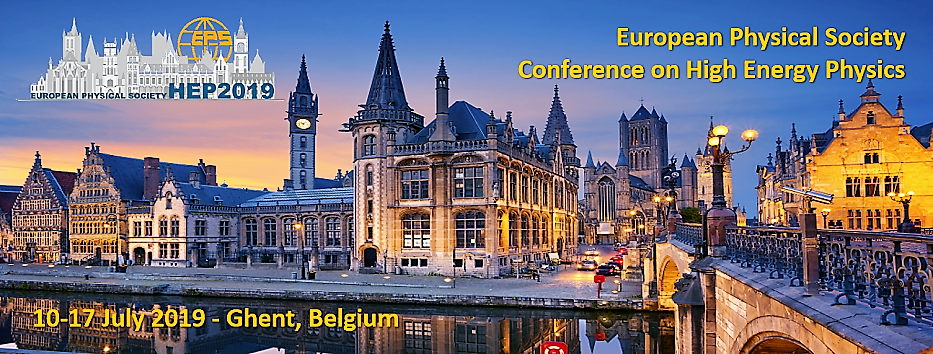Speaker
Description
P.La Rocca for the EEE Collaboration
The possibility to observe time correlations between cosmic ray detectors separated by distances much larger than the extent of the highest energy Extensive Air Showers (EAS), i.e. a few km, has been discussed for many years. Although a physical mechanism, based on the photodisintegration of a heavy primary nucleus in the solar field was originally proposed by Gerasimova and Zatsepin in 1960 and later discussed by many authors to justify the existence of such events, the mere observation of long distance time correlations could require by itself novel physics interpretations. A few experimental searches for such events have been reported over the past years, without any definite conclusion reached so far. Although largely depending on many factors, current rate expectations for such events are very low and could stay well below 1 event per year, even with a large detector coverage.
The Extreme Energy Events (EEE) network, based on a relatively large number (>50) telescopes with Multigap Resistive Plate Chambers (MRPC), distributed over all the Italian territory, reconstructs cosmic muons with high efficiency and good angular resolution. The wide coverage, number of sites and large time exposure, due to continuous data taking, are unique characteristics of the EEE network, which in principle allow for an investigation of such events. Several strategies are currently employed by the EEE Collaboration to search for long distance time correlations between far detectors, making use of the single-track and multi-track information associated to the various telescopes. A few candidate events with unusually small time differences have been observed, especially from an analysis of multi-track events.
This contribution will describe and compare the different strategies adopted so far and will focus on the results of the analysis carried out on a large sample (several years) of data reconstructed by the EEE telescopes.




